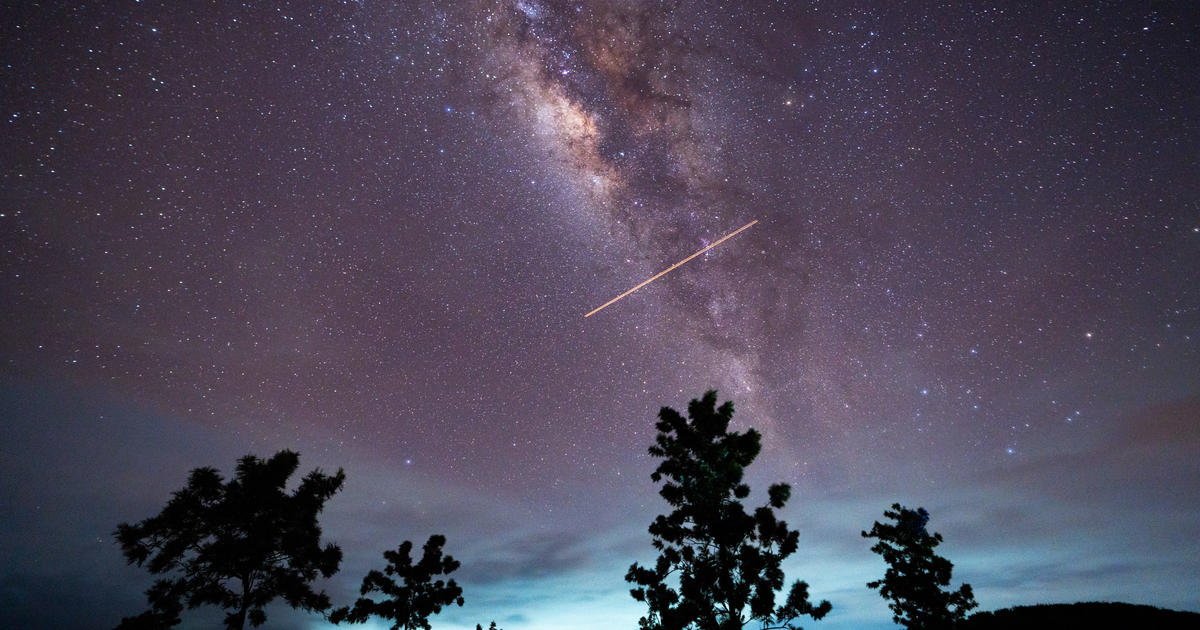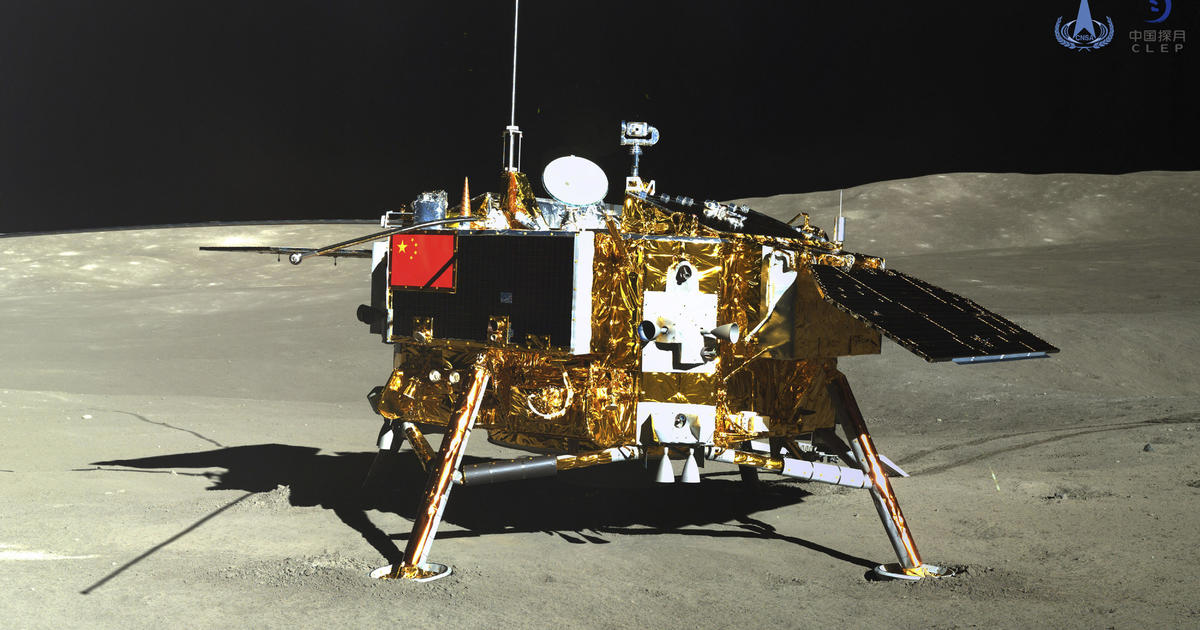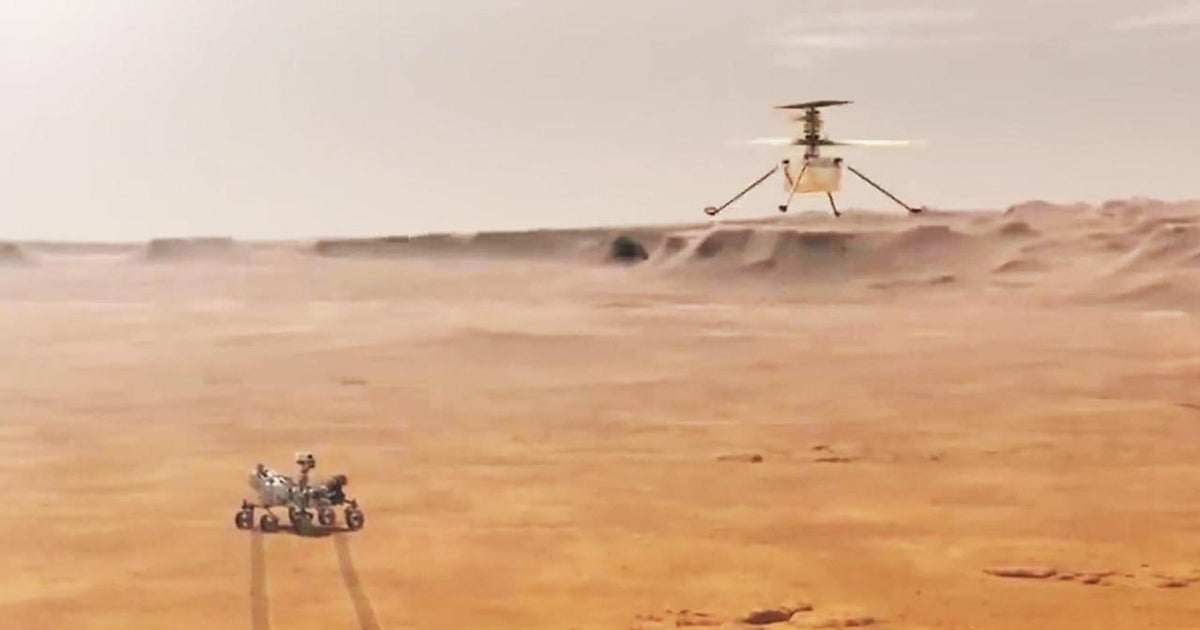Check out this stunning partial solar eclipse from space
The moon passed across the sun last week, and NASA is sharing the stunning visuals from space to prove it.
On Thursday of last week, NASA's Solar Dynamics Observatory — a satellite devoted to watching the sun — caught a partial solar eclipse from its position in space.
It took about an hour for the moon to cross the face of the sun. The moon covered approximately 89 percent of the sun at its peak, according to NASA.
The moon appears crisp and clean in the NASA images above. That's possible because the moon has no atmosphere to distort the sunlight, NASA said.
Though the moon's surface looks smooth, Earth's neighbor is actually chock full of craters, valleys and mountains.
Ready for the next eclipse event?
Eclipse watchers are steadily gearing up for an upcoming milestone: a total solar eclipse that will be visible across the U.S. this summer. The moon will fully block the sun in a display that will be seen along a 70-mile-wide zone spanning from Oregon to South Carolina on Aug. 21. It will be the first total solar eclipse to cross the continental U.S. from coast to coast since 1918.
Those outside the total eclipse path in North America, as well as parts of South America, Africa, Europe and Asia, will see a partial eclipse of the sun.
A NASA team of "visualizers" is already working to map the coming eclipse in "unprecedented detail," NASA said.




